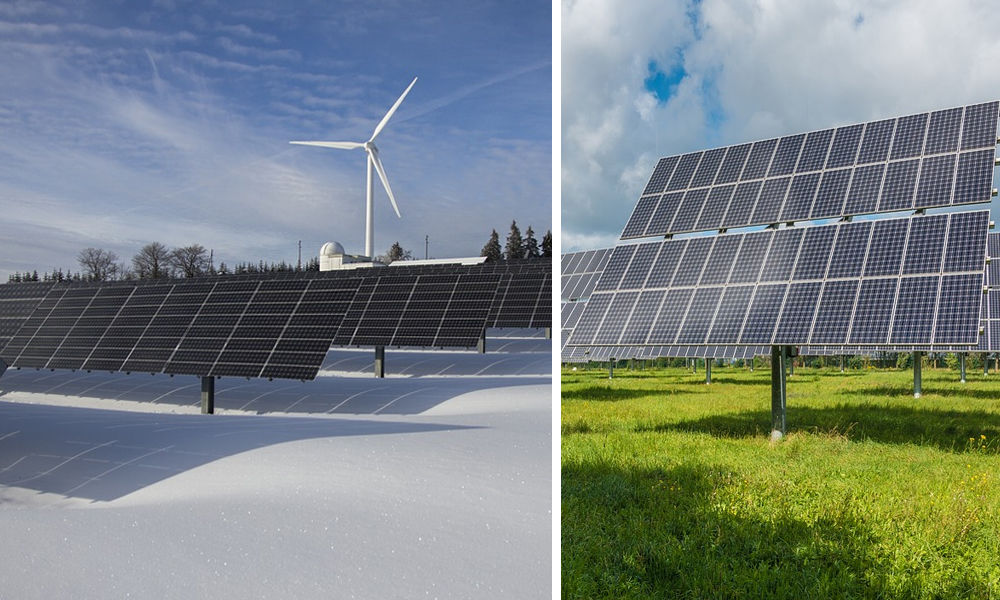Sydney, the largest city in Australia, is now powering all its operations with 100 per cent renewable electricity generated from local sources.
From city-owned properties, including approximately 115 buildings such as libraries, community halls and office buildings, to 75 parks, five pools and 23,000 street lights and the Sydney Town Hall, everything in the city operates from the renewable electricity generated from wind and solar farms in the New South Wales (NSW) region.
The renewable switch, which began on July 1, is the result of a ten-year power purchase agreement with Australian retailer Flow Power, which is worth AUS$60 million. The move is forecasted to save the city more than a half million dollars on its electricity bills every year for the next 10 years.
It will reduce carbon emissions by around 20,000 tonnes a year, which is equivalent to the power used by 6,000 average households. It is also expected to generate jobs, support communities impacted by the COVID-19 pandemic and create new opportunities in the drought-affected NSW area.
While around three-quarters of the power will be wind-generated, remaining will be solar. They are sourcing the renewable energy from the Bomen Solar Farm in Wagga Wagga, Sapphire Wind Farm near Inverell and the Shoalhaven solar farm in Nowra.
‘We are in the middle of a climate emergency. If we are to reduce emissions and grow the green power sector, all levels of government must urgently transition to renewable energy,’ said Sydney’s Lord Mayor Clover Moore.
‘Cities are responsible for 70 per cent of greenhouse gas emissions worldwide, so it is critical that we take effective and evidence-based climate actions,’ she added.
Me too! We have shown that emissions-reducing renewable-use at scale is not only possible, it’s also good for jobs growth and good for the City’s finances – I hope all governments are watching on and will follow. https://t.co/JKLdSnN7Io
— Clover Moore (@CloverMoore) July 1, 2020
The city has been carbon-neutral since 2007 and was the first government in Australia to be certified carbon-neutral in 2011. The city targets to reduce emissions by 70 per cent by 2030, which is now expected to be achieved six years early in 2024 due to the new deal.
Also Read: Britain Goes Two Months Without Burning Coal For Electricity, In A First Since Industrial Revolution












